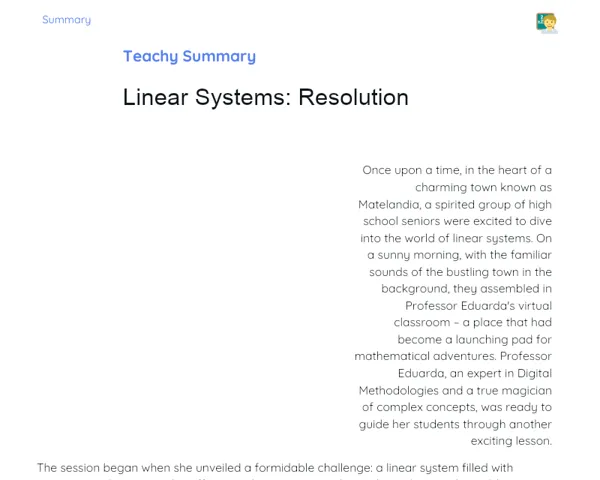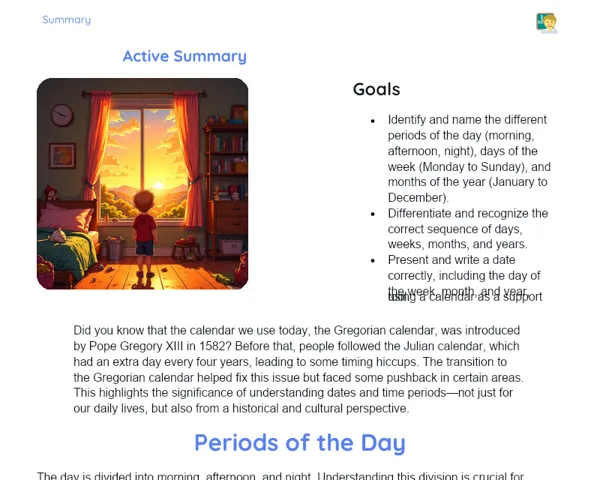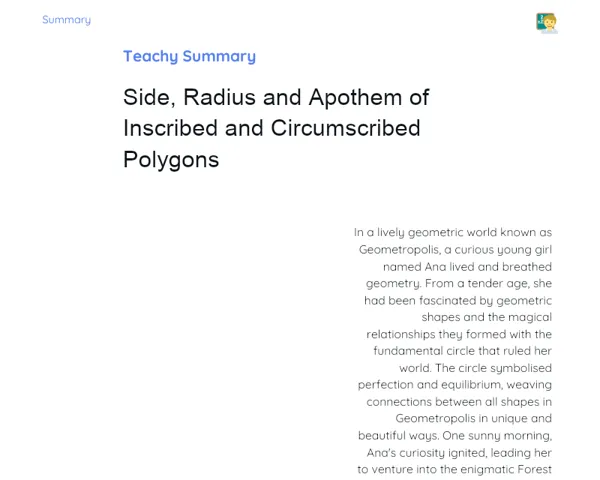Goals
1. Grasp the concept of a factorial and learn how to calculate it for natural numbers.
2. Utilise properties of factorials to tackle mathematical expressions.
3. Enhance your skills in calculating and simplifying equations that involve factorials.
Contextualization
Combinatorics is a really intriguing branch of mathematics that focuses on counting and arrangements. The factorial concept is key to solving many combinatorial challenges, and it pops up in various everyday scenarios and professional settings. Think about planning events, figuring out the order of tasks in production processes, or even in programming algorithms – factorials help clarify the different ways to group or arrange items.
Subject Relevance
To Remember!
Understanding Factorials
The factorial of a natural number n, denoted n!, is calculated by multiplying all natural numbers from 1 to n. For example, 5! = 5 × 4 × 3 × 2 × 1 = 120. Factorials are vital in combinatorics as they help determine the number of unique ways to arrange or combine elements.
-
Definition: n! is the product of all integers from 1 to n.
-
Example: 4! = 4 × 3 × 2 × 1 = 24.
-
Importance: Essential for solving counting and arrangement problems.
Key Properties of Factorials
Factorials come with several handy properties that make mathematical calculations easier. For instance, (n+1)! = (n+1) × n!, and 0! is defined as 1. These properties are crucial for solving equations and simplifying expressions that include factorials.
-
Recursive Property: (n+1)! = (n+1) × n!
-
Value of 0!: Defined as 1.
-
Use in Expressions: Eases the simplification of complex calculations.
Calculating with Factorials
When solving expressions with factorials, we apply the properties of factorials to simplify terms and derive results. For example, in the expression 6! + 5! - 3!, we can work out each factorial separately before adding or subtracting the outcomes.
-
Identifying Terms: Calculate each factorial separately.
-
Simplification: Use properties to ease complexity.
-
Resolution: Add or subtract the results of the factorials.
Practical Applications
-
Event Planning: Determine how many different ways you can arrange a sequence of events or guests.
-
Manufacturing Processes: Optimise the order of tasks to boost production efficiency.
-
Programming Algorithms: Utilise in algorithms to compute combinations and permutations in coding challenges.
Key Terms
-
Factorial (n!): Product of all natural numbers from 1 to n.
-
Recursive Property: The relationship (n+1)! = (n+1) × n! used for simplification.
-
Zero Factorial (0!): Defined as 1, which is critical for combinatorial calculations.
Questions for Reflections
-
How could understanding factorials aid in problem-solving across different professional fields?
-
What were the main challenges faced when working with factorials and how were they resolved?
-
In what ways did the practical exercise with the 'Factorial Calculator' enhance your grasp of factorial concepts?
Factorial Expressions Challenge
In this mini-challenge, you’ll use what you’ve learned about factorials to solve some mathematical expressions and simplify equations.
Instructions
-
Form pairs or small groups of up to three students.
-
Each group will receive a set of mathematical expressions that involve factorials.
-
Calculate the factorial for each number in the expressions.
-
Use the properties of factorials to simplify the expressions.
-
Present your findings to the class and explain the simplification process.



